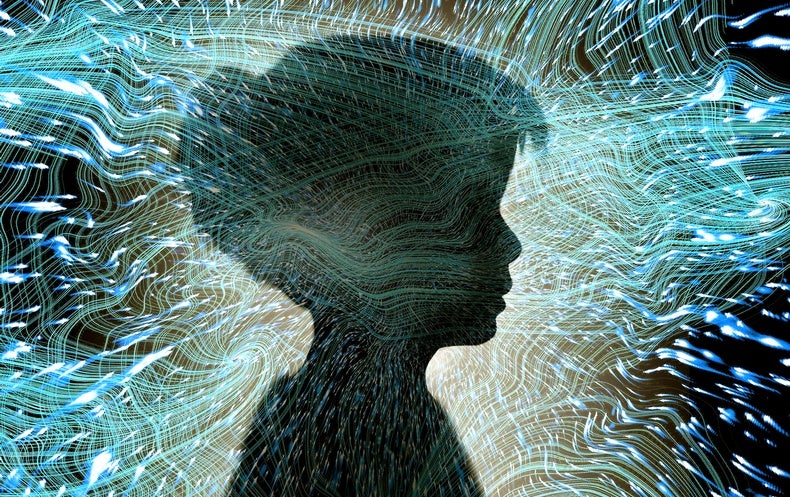Interesting article didnt know where it fit best so I wanted to share it here.
Interesting but I struggle to see how this hypothesis could ever be proven or disproven. If it can’t actually be tested then I don’t see how it presents more scientific value any other religious or superstitious belief.
I’ve long been fond of panpsychism, but I think it’s less a hypothesis to be “proven” and more just a different way of framing the questions behind what consciousness is and how it can be defined. Under panpsychism consciousness isn’t a binary property that some things have and other things don’t, it’s a continuum from zero to one (and if you count humans as “1” on the consciousness scale it also makes sense to consider values above that - there’s no reason to assume that humans are the “most conscious possible” state of being).
So when you’re reading about panpsychism and it says something like “individual electrons are conscious”, bear in mind that they’re proposing considering electrons to be, like, 10^-10 “consciousness units” worth of conscious. It’s not like they’re actually aware of themselves in some meaningful way like humans are. That’s a common “giggle factor” problem for panpsychism. And it’s also not saying that any arbitrary larger-scale structure us “more conscious” than humans, the way that the components of a large-scale structure interact is super important. A rock is not equivalently as “conscious” as a human brain even if they have the same number of particles interacting within them.
I think the real issue is with the fact that consciousness is not particularly well defined. Something can be more or less conscious than something else but what precisely does that mean? Has there ever been a means of measuring or detecting consciousness in anything?
Why does philosophy constantly twist things into an over complicated mythical mess, and then act like it’s some novel insight? Like the things with colors: they only exist subjectively so they aren’t real in any other sense than being observed, so it’s only the observation that makes them real, and does that mean they are even real???
Yes, they are. Subatomic particles vibrate (or absorb vibrations) at specific frequencies, and therefor emit electromagnetic waves at certain frequencies when stimulated. That is real and objective. Evolution has left us with sensors and neurons that can detect and interpret some of these frequencies that appear to us as colors. That is subjective, but the science behind it is not. That’s what happens. Is the color real? Well, define the question better and there is an actual answer. The vibrations are real. Your interpretation is also real, but in a different way. Does the color exist without an observer? Well, what’s your definition of color? Does a tree falling in the woods with nothing to hear it make a sound? Well, what’s your definition of a sound?
It’s simply irrelevant. If you believe this theory exactly nothing changes about what you can predict about the world. That’s what knowledge is all about. If you have a theory that doesn’t behave differently under some different circumstances, you’ve essentially said nothing.
Also reminds me a bit of the chapter in “Surely you’re joking, Mr. Feynman!” called “Is Electricity Fire?”, if someone knows that.
Consider math, it doesn’t make any empirical predictions on its own, as it is just a set of abstract symbols and rules. Do you consider mathematical facts to be a form of knowledge?
Conciousness is just an emergent property of the multiple parts of the brain trying to interpret and respond to its surroundings.
Edit: I stand by what I said, but you all don’t need to be so mean and vile about it…
Wow. I’m glad you figured that out. I thought it was going to be so much more difficult.
It’s ok if you disagree! What do you think it is?







